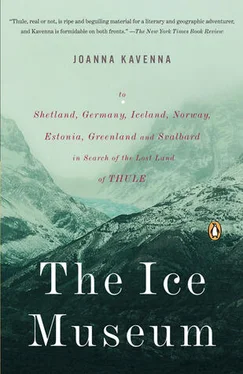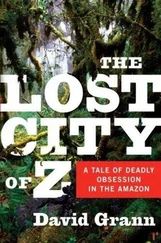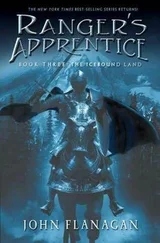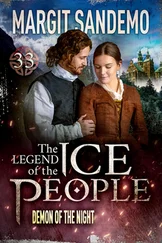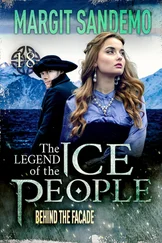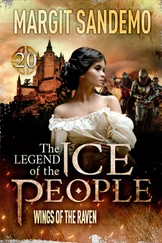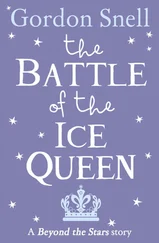After the war, Quisling was tried in a Norwegian court. He was charged with treason and with trying to bring Norway under foreign control. To the end, he repeated his claim that the coup of April 1940 and his position as minister president in occupied Norway had been in Norway’s interests. He went to his death protesting his benevolence, clinging to a misguided notion that he was making the consummate sacrifice for his ideals. ‘My work, our effort, has never really come to light,’ he claimed in his address to the Norwegian Supreme Court, in October 1945. ‘I have come to understand that there is a divine power in the universe, and that this power is connected to the development of those who live on this earth, and that what is happening here on earth during this important time is a watershed marking the beginning of God’s kingdom here on earth.’ Perhaps, he said, his benevolent intentions had ‘turned out negatively’ on this occasion. He passed his last days writing frantically, imagining he might leave a meaningful philosophical legacy. He was condemned, and shot.
This fantasy of a pure northern race propelled Quisling towards vicious collaboration. Quisling imagined the racial superiority of the Nordic race as proven by, entwined with the grandeur of their rocks. It was a ragged mess of foolish pride, racism and a personal quest for power. The fantasy compelled others, who never went so far as Quisling, Norwegians who stopped at ideas, though their ideas were brutal enough. Knut Hamsun was ruined by the war, and by his own sense of the superiority of the Nordic people. Hamsun became an antithesis to Nansen, falling into the mire Nansen avoided. They were contemporaries; Hamsun had written his seminal works as Nansen waited in the ice for Fram to move further north. They won Nobel Prizes within two years of each other. They were both fiercely determined, fiercely independent, and convinced of their rightness in most things. Nansen died with his reputation intact, but Hamsun’s was ruined by the Nazi occupation of Norway, and by the choices he made in response to the occupation. Earlier a rebellious peasant, furious with literary cliques, Hamsun recast himself in a more sinister role, as a deluded nationalist, bellowing about the superiority of his country. Hamsun mistook the völkisch slogans of the Nazi Party for a robust defence of the ancient grandeur of the Nordic lands. He wanted Norway to be brought into the Germanic age. He wrote in support of the Nazis, entreating the Norwegians to help the occupying armies. He met Goebbels, and later gave his Nobel medal to the German as a present. He was introduced to Hitler; Hamsun was deaf at the time and spoke no German, so spent the interview shouting in Norwegian at the Führer. He wanted Hitler to agree to give Norway autonomy at the end of the war in the case of a Nazi victory, which Hamsun seemed to think was certain. Hitler was irritated by the interview, and, according to eye witnesses, stormed away, the exchange unfinished.
Hamsun later claimed he had been blind to the realities of the German occupation, that he had not fully understood what was happening in his country and in Europe. At best he was ignorant and self-deluding. But his fulsome support for the notion of Nordic supremacy was hard to explain away. He had hammered his colours to the Nazi mast, however much he later quibbled about whether he had joined Quisling’s party or not. As the Third Reich unravelled, he wrote an elegy to Hitler.
In May 1945, when the war ended, Knut Hamsun was placed under house arrest by the police chief of Arendal, a town south of Oslo. Shortly after that, he was put in a hospital in a town called Grimstad. Hamsun never fully apologized; in a later account of his arrest, On Overgrown Paths , he claimed, ‘I knew I was innocent, deaf and innocent; I would have done very well in an examination by the public prosecutor just by telling most of the truth.’ There was a painful moment in Hamsun’s trial for treason, when he defended himself on the grounds that he had been led to believe that Norway would have a high, prominent position in the great Germanic community which was now coming into being. ‘We all believed it—to a greater or lesser degree,’ Hamsun had said, ‘everyone believed in it. I believed in it, that’s why I wrote as I did.’ He tried to implicate his nation, saying they had been as blind as him, but by then the war was over, and Hamsun was being tried by his countrypeople. Hamsun was judged to have ‘permanently impaired mental facilities.’ The Norwegian authorities evaded the issue, for their foolish Nobel laureate. Hamsun, before the war, was the laureate of northern Europe, of all these quiet, semi-deserted countries, with their long summers and their chill light-bereft winters. He lingered over the high clear skies of winter, the trees stripped of their leaves, the hills green and peaceful on every side, smoke from the cottage chimneys rising into the air. Hamsun botched it, to use the idiom of another writer who tarnished his reputation during the war, Ezra Pound. Hamsun took the savage route out of modernism, the savage route out of the romantic attachment to the Sagas. His was the route which led to violent retrogression, unbridled nostalgia for the tribal allegiances of the past. He ended at a wild extreme: misanthropy because men interfered with his view of the endless hills, a belief in Nordic supremacy because the people who lived in the endless hills were the Norwegians.
There was a commotion on the deck; the boat was stopping at Tromsø, the largest town in the north of Norway, a wind-lashed port, standing precariously on a barren island. We were nearly 70° N, and the landscape was beautiful and severe—vast grey slabs of rock slamming into the ocean, decorated with swirls of mist and dustings of snow. The fjord was overcast, and the mountains rose above. On the shore, a brass band was playing “I Do Like to Be Beside the Seaside.” The music drifted across the water towards the boat.
In Tromsø the strains of the past hung in the cold air. Tromsø was a Mecca for polar history. It was a contemporary centre for wilderness tours. Its concrete housing reminded the casual onlooker that the town had been burnt during the war, and there was a rusting relic of the war, the Tirpitz , a German battleship sunk in the fjord, which gave up drowned artefacts to divers from time to time. We were in Arctic Norway, where the towns were subdued by the severity of the winters, and Tromsø was a practical place. The brass band was incongruous, like a luxury the town could hardly afford, piping us off the ship. I was beyond Nansen’s Thule, further north than he had thought Pytheas sailed, in his imaginative reconstruction. But Tromsø had elements of a last land; for the Norwegian polar explorers of Nansen’s era, Tromsø was the departure lounge, the last substantial settlement, before the North Pole. When Amundsen flew across the North Pole, in 1926, he flew from Tromsø. When he flew out in June 1928 to meet an icy death, he left from Tromsø. He set off in a seaplane to hunt for an airship called Italia , which had been lost with Umberto Nobile on board. It was Nobile who had captained Amundsen’s airship flight across the North Pole. Amundsen never returned from his rescue mission. Wreckage from his plane was later found, drifting on the ice floes. There were those who said he threw his life away, reckless to the last; others said that he was terminally ill and preferred to die in the ice.
The noise of the brass band faded as I walked along the harbour. There was a sign offering trips in an ‘authentic fishing boat.’ The Russian trawlers rusted slowly along the quayside. On the decks, Russian voices gave commands through loudspeakers. The sail lofts had been converted into hotels and apartments. There were shops offering quantities of Arctic tat, though no one seemed to be buying: fur gloves and hats, keyrings with pictures of mountains on them, postcards with the Arctic Circle drawn across a map of Norway. There was a fine bridge slung between the island and the mainland, linking Tromsø to its Arctic cathedral, a building mocked up to look like a pile of ice. There was a polar centre where seals performed slithering circles of a water tank, and an Arctic café filled with posters for poetry readings.
Читать дальше
